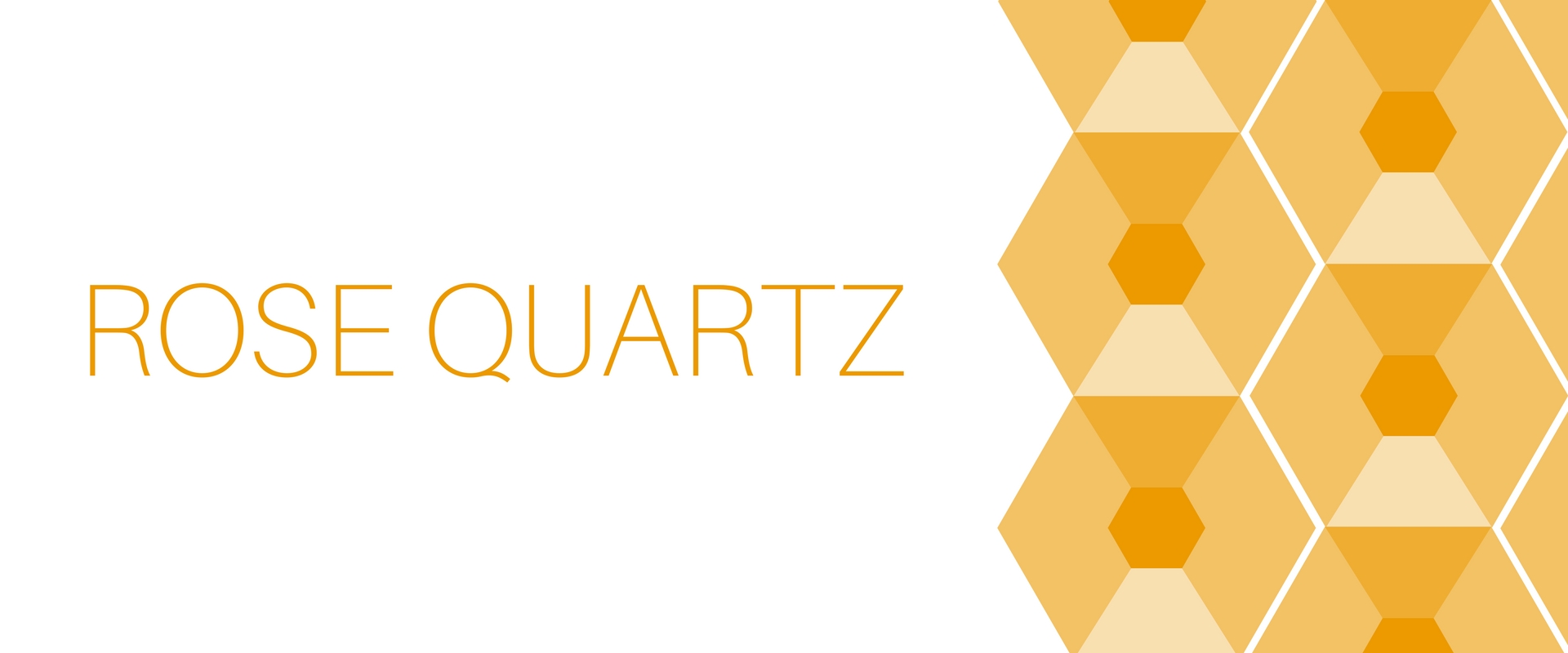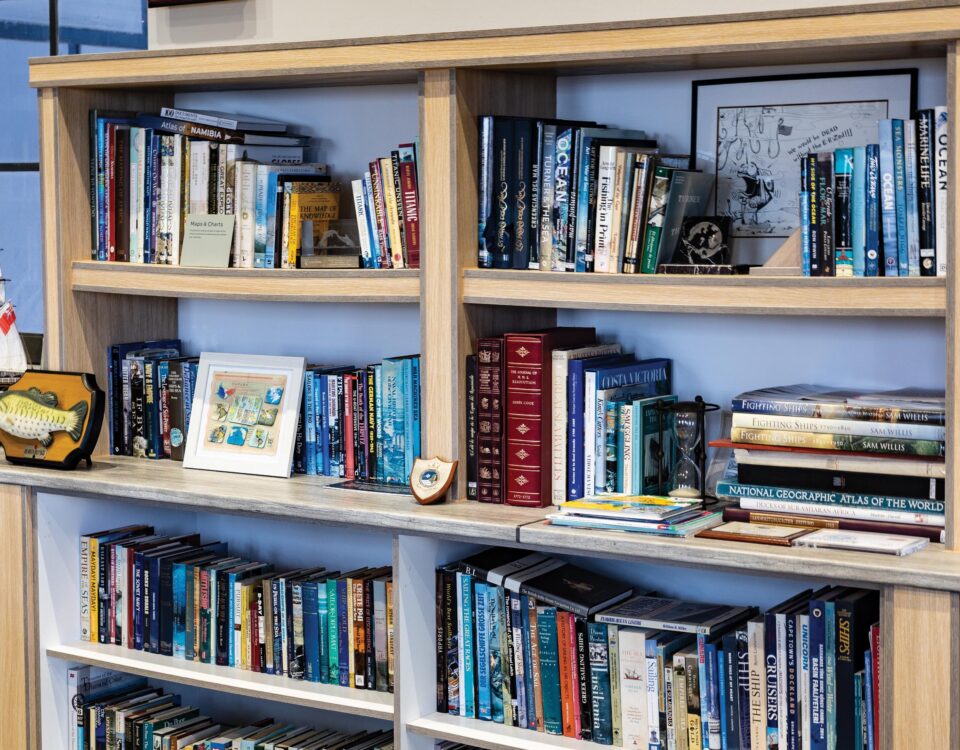
Taranga Safari Lodge
May 24, 2017
Rose quartz
May 29, 2017Text Edward Jenkins | Photograph Hannes Brunner
This is the ninth in a series about Namibian gemstones. Specific Gravity (SG) is a measure of the relative density of a gem, which varies in its chemical composition and crystal construction. By comparing the weight of the gem in air with its weight suspended in water, an SG value is established. Specific Gravity values are useful in identifying an unknown gem, or in determining the size of a new gem to be fitted into an old setting.
O ther than having fewer of the flaws and inclusions typically found in an emerald, heliodor – sometimes called the yellow emerald – is very similar to its more expensive cousin. Both belong to the beryl family, along with the blue-green aquamarine and the pink-coloured morganite. As is the case with many other of the world’s gemstones, some of the very best specimens have been found in Namibia. Frequently described as having an ‘olive-oil’ colour, heliodor crystals range from pale yellow to yellow-green or even gold. Those with a deep gold colour (sometimes called golden beryl) are the highest valued, particularly for gems of over five carats.
The stones are rumoured to be particularly powerful in protecting children, as well as in enhancing intuition, improving communication ability, aiding in mental clarity, and helping to focus the will. For the lovelorn, or for those merely hoping to expand their options, heliodor is believed to increase the wearer’s circle of admirers.
Semi-precious examples of heliodor were discovered in Namibia in 1909, as an adjunct to marble mining in the Karibib area. However, the stones were not recognised as a new type of beryl until 1910 during prospecting operations in the Rössing Mountains carried out by geologist Dr E Reuning of the Deutsche Kolonial-Gesellschaft (German Colonial Society). The spectacular, gem-quality stones that were harvested were given the name heliodor, or ‘gift of the sun’, derived from the Helios, the young god of Greek mythology, and doran (gift). Exceptional gemstones from this location were later used to adorn a cross that had been designed to memorialise Augusta, the last German Empress and Queen of Prussia, who died in 1921.
Heliodor is renowned for having some of the biggest crystals known to gemmology. The largest faceted stone, currently displayed at the Smithsonian Institution in the United States, weighs in at a whopping 2 054 carats, and is flawless. In Namibia crystals measuring 12 cm x 5 cm have been found at Klein Spitzkoppe, and other deposits have been located in the Namib-Naukluft Park, the Omaruru District, and around Okahandja. Today, small finds continue in the Erongo Mountains, but most of the gems are mined in other countries, including Russia, Madagascar and Nigeria, with the best ones found in Brazil, the United States, and the Ukraine. Still, the crystals and gems previously mined in Namibia continue to rank among the finest in the world.

This article was first published in the Flamingo May 2011 issue.


